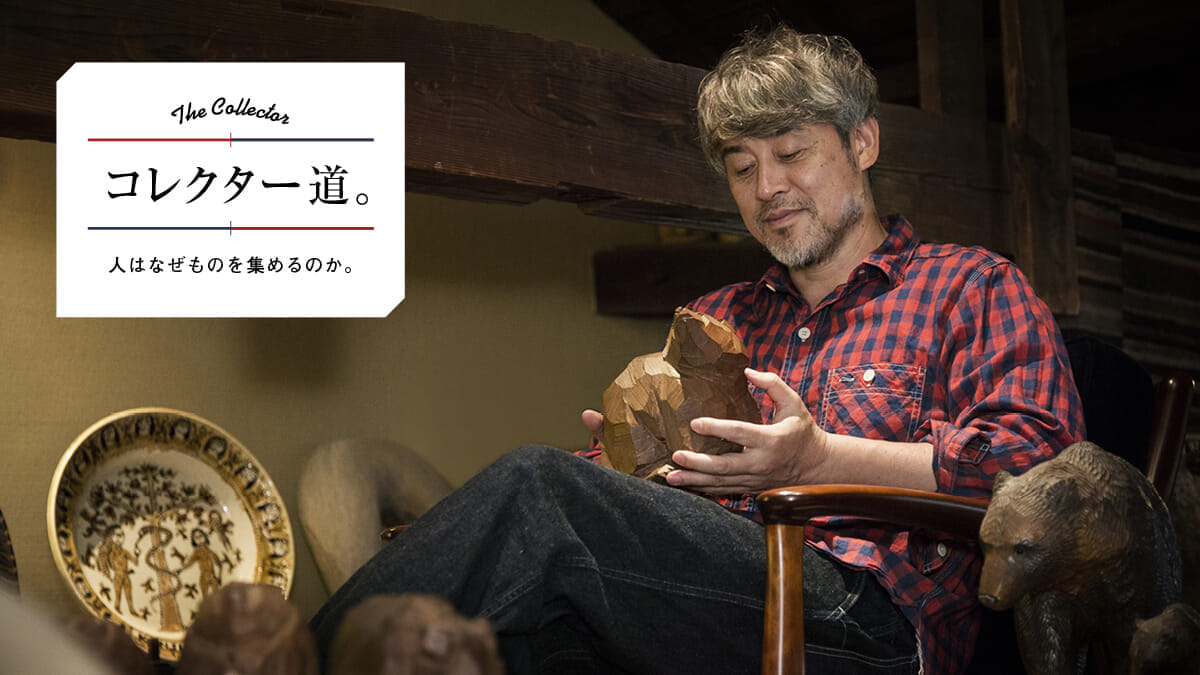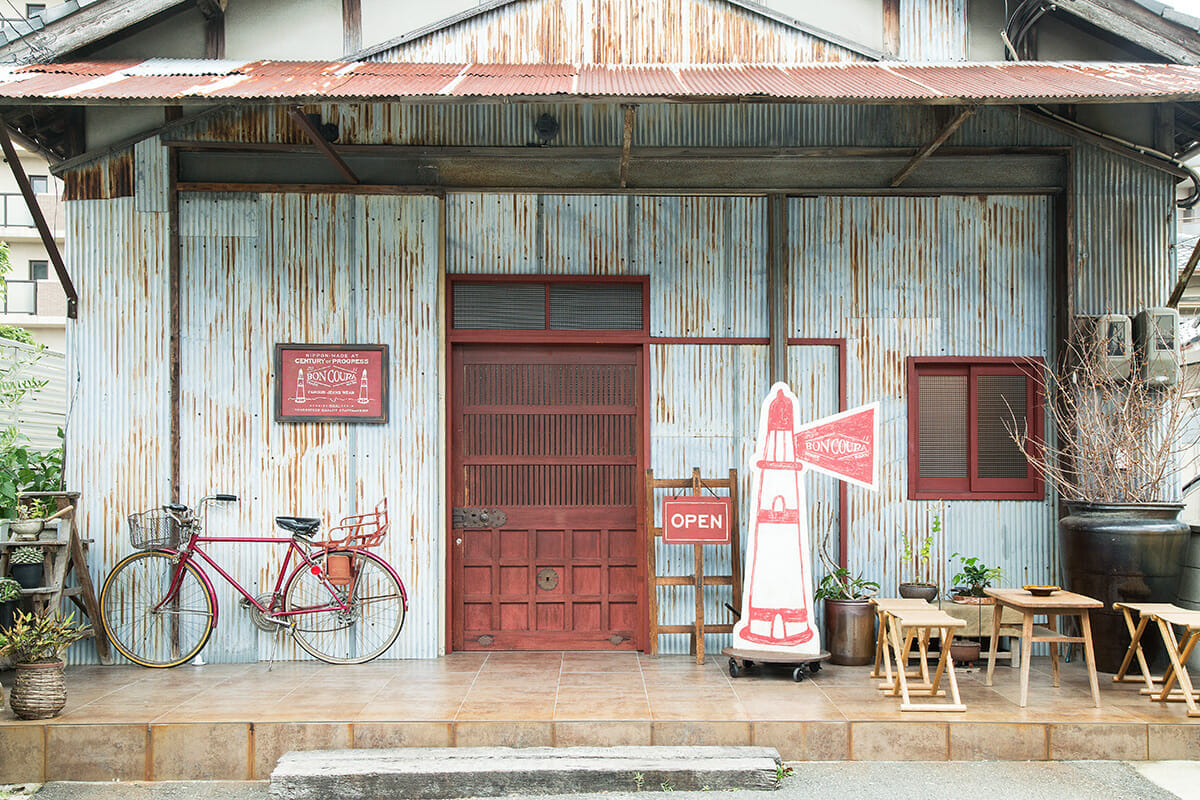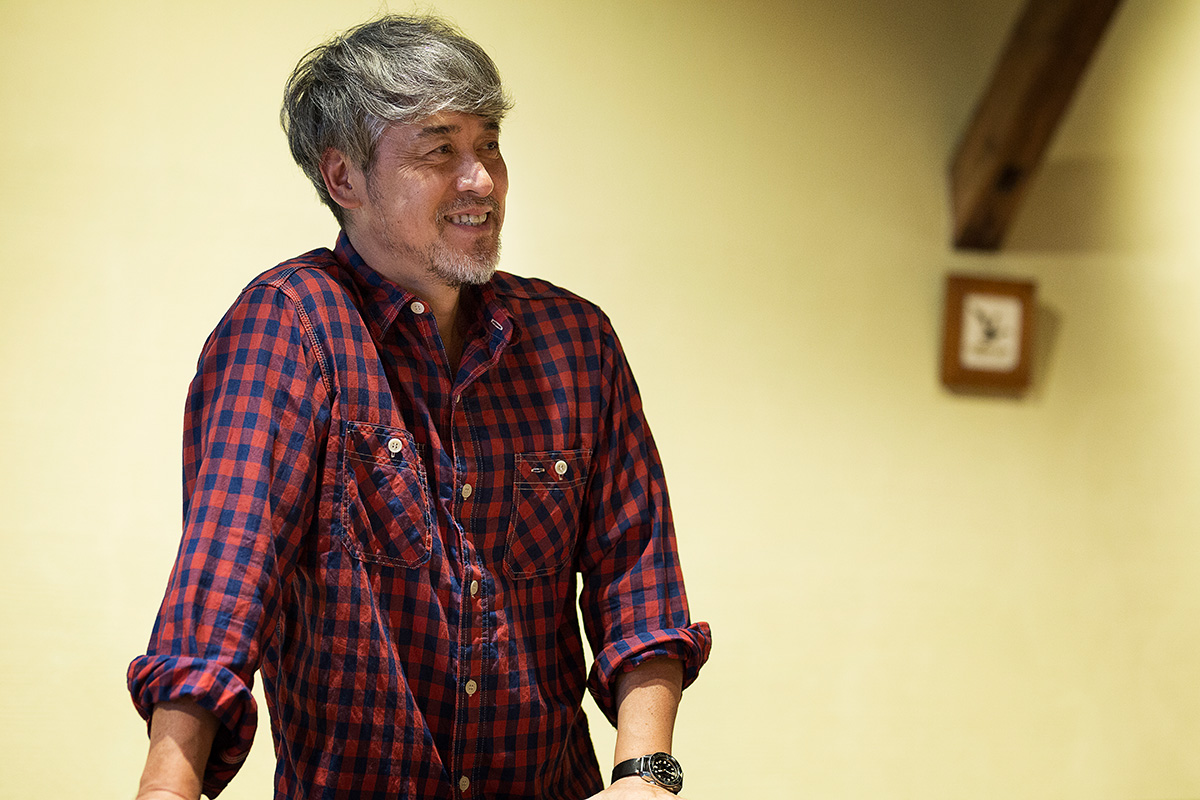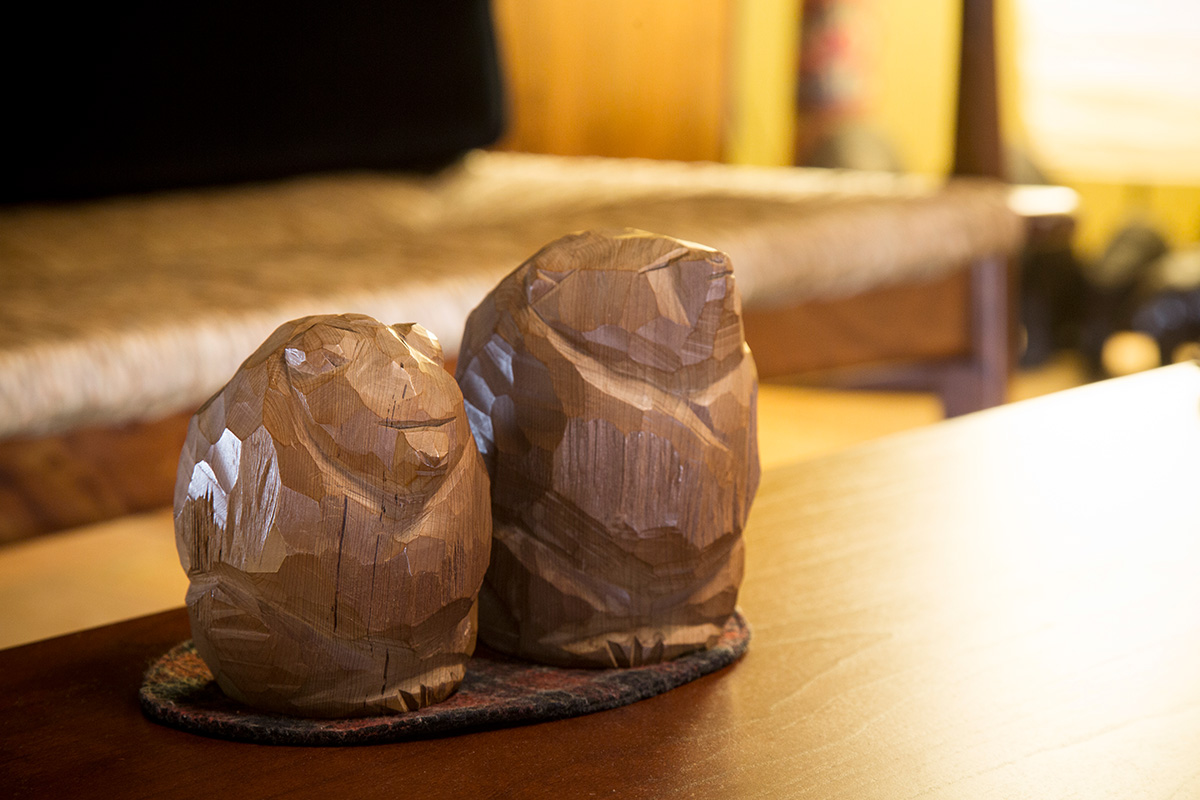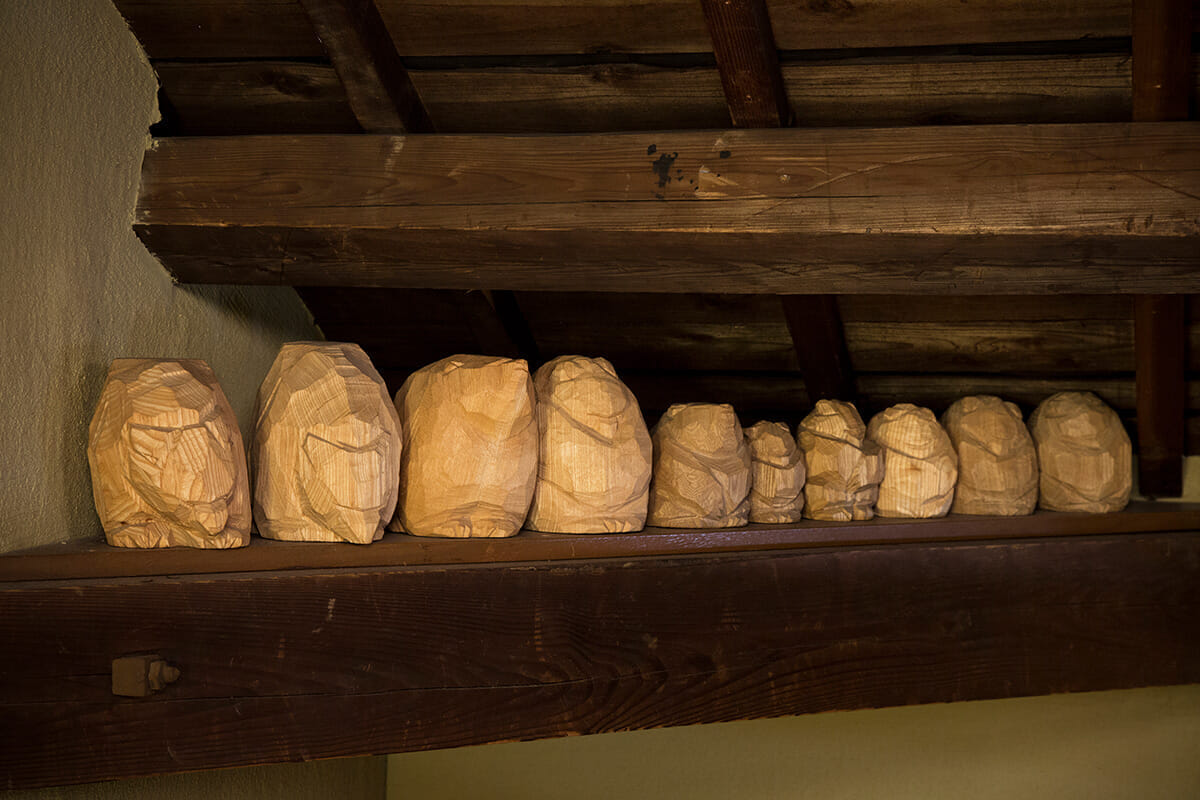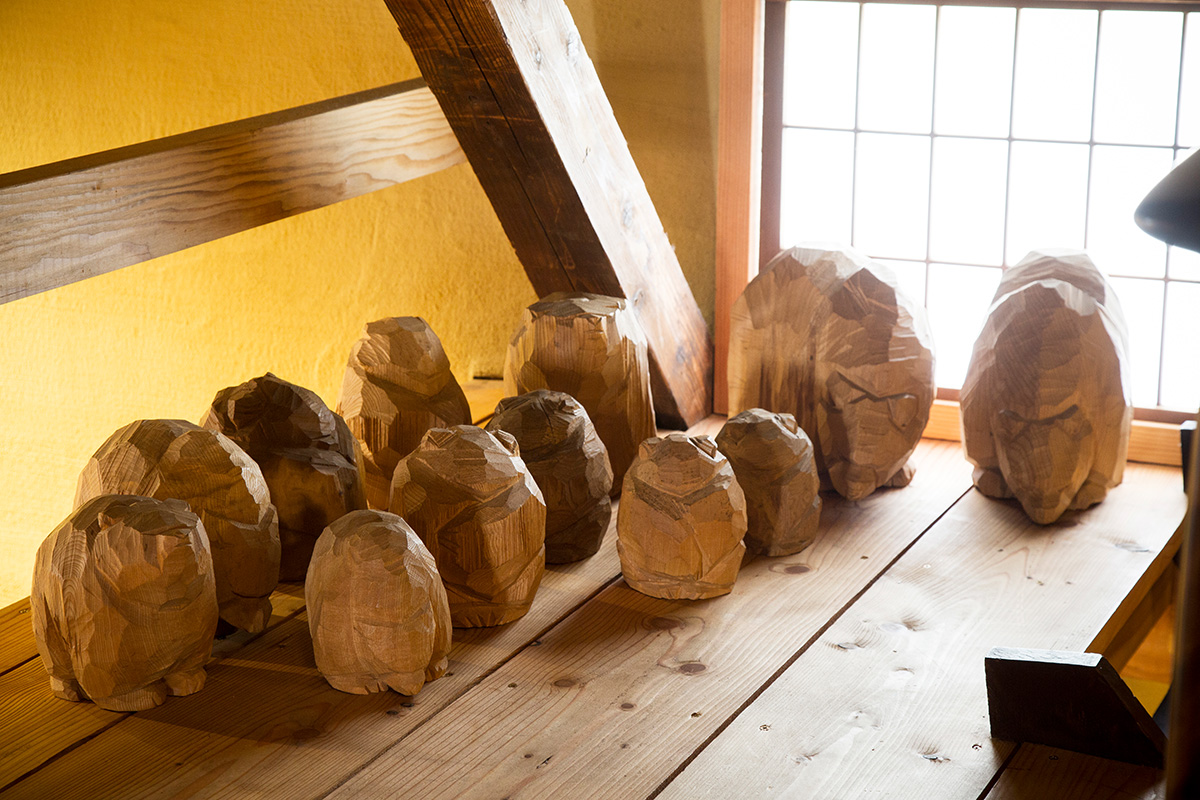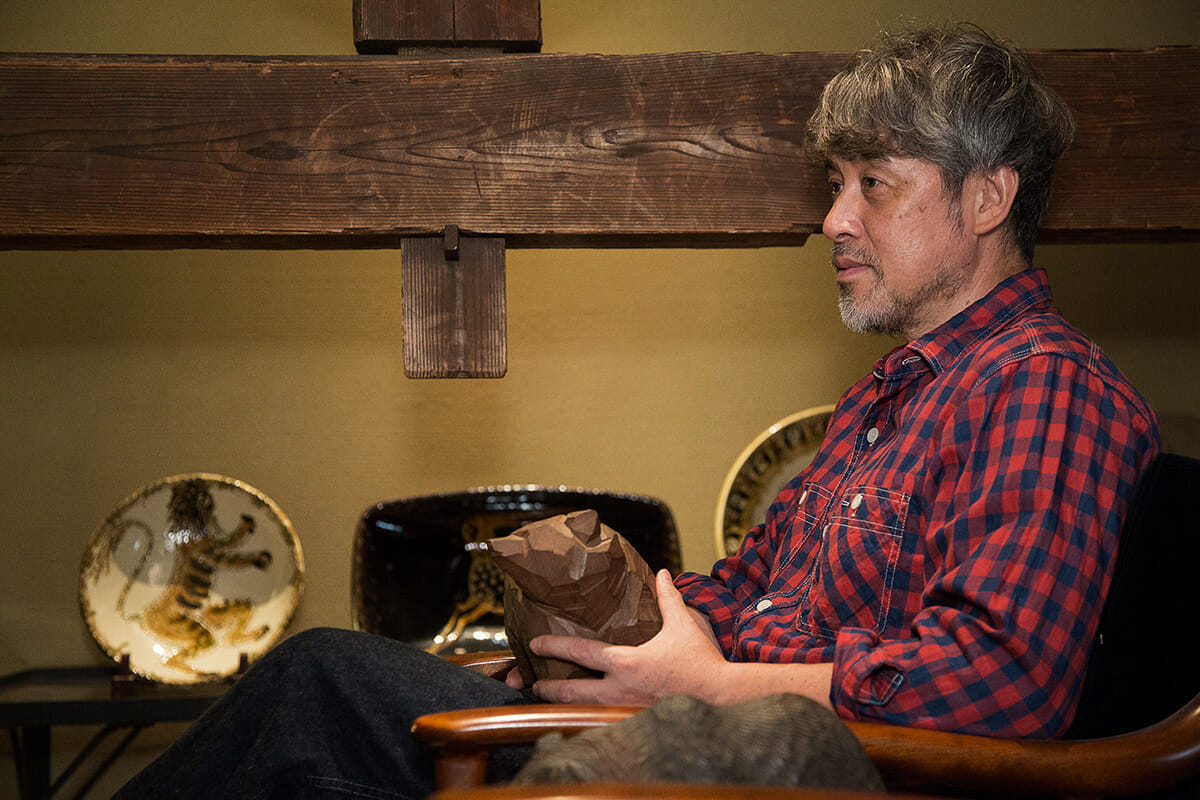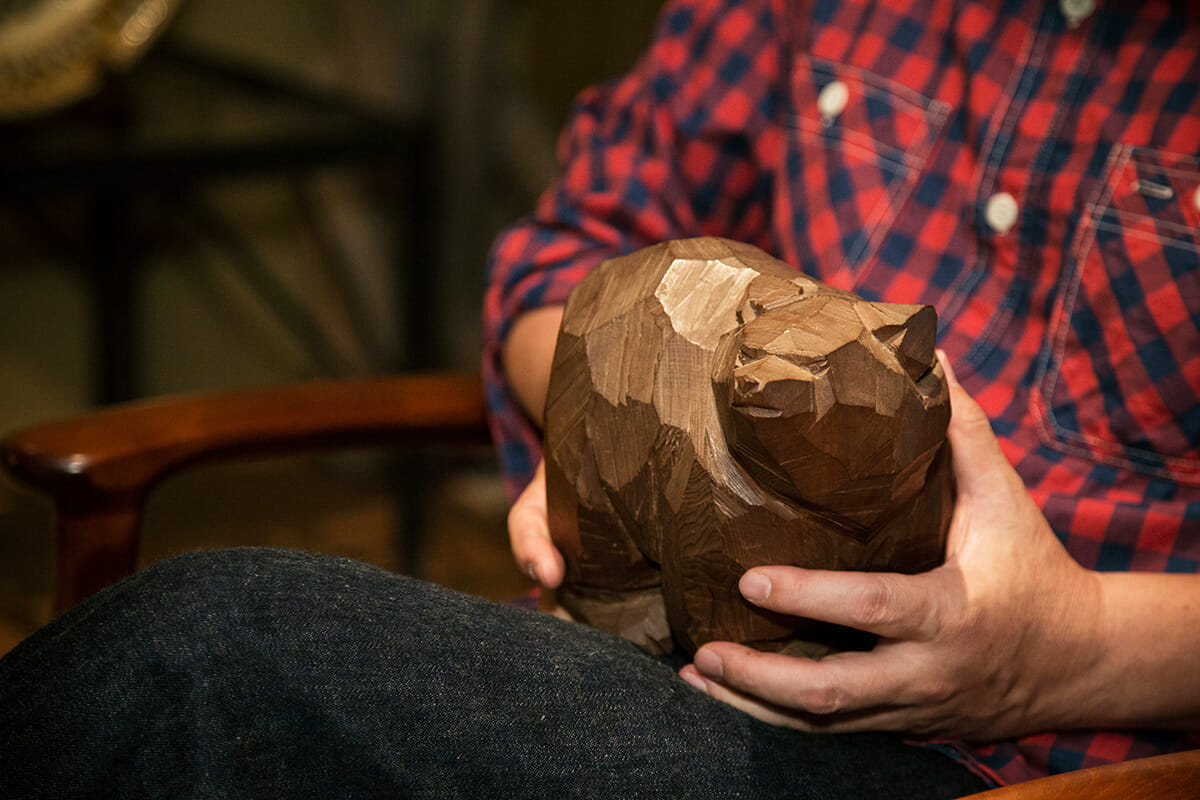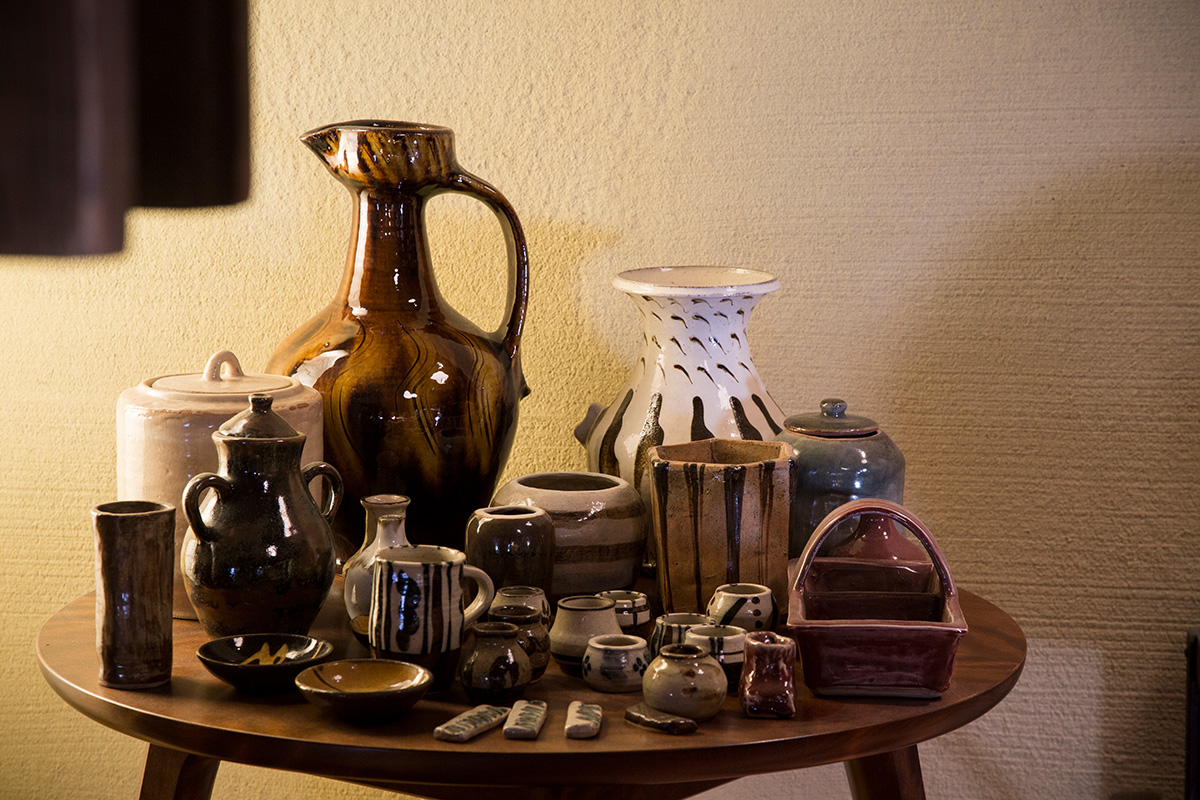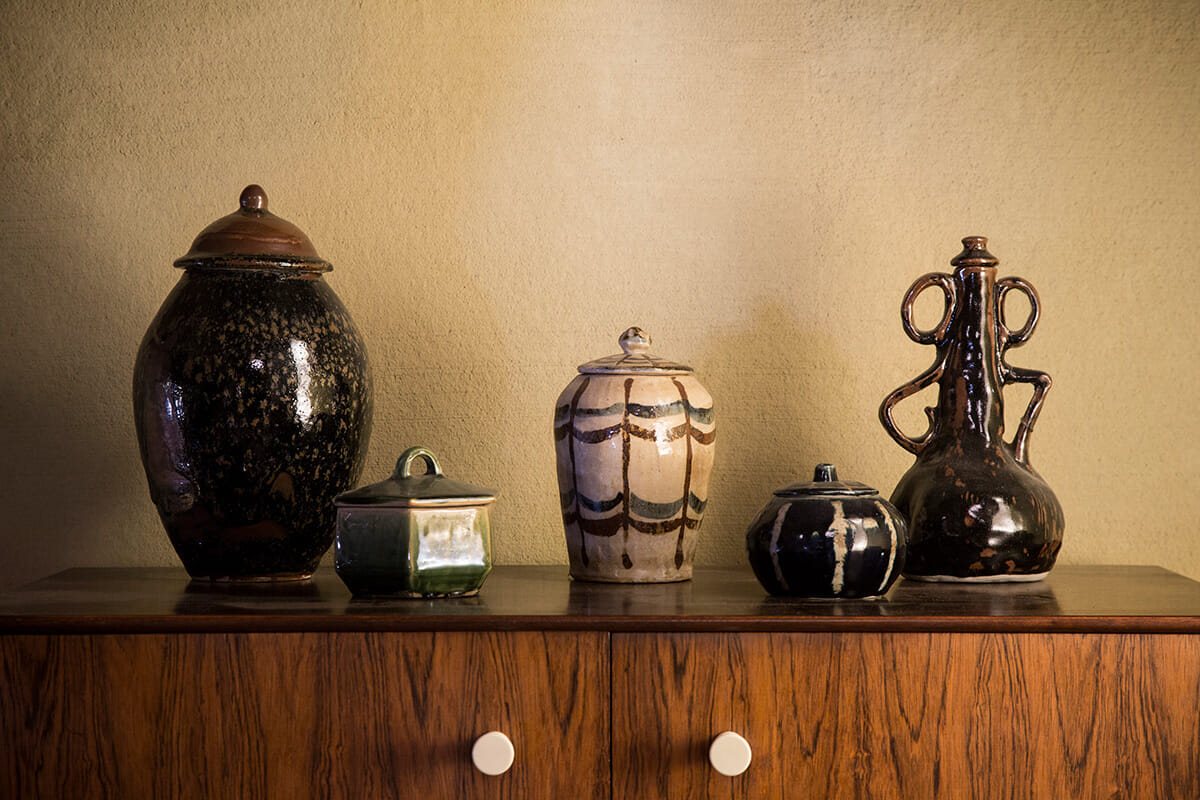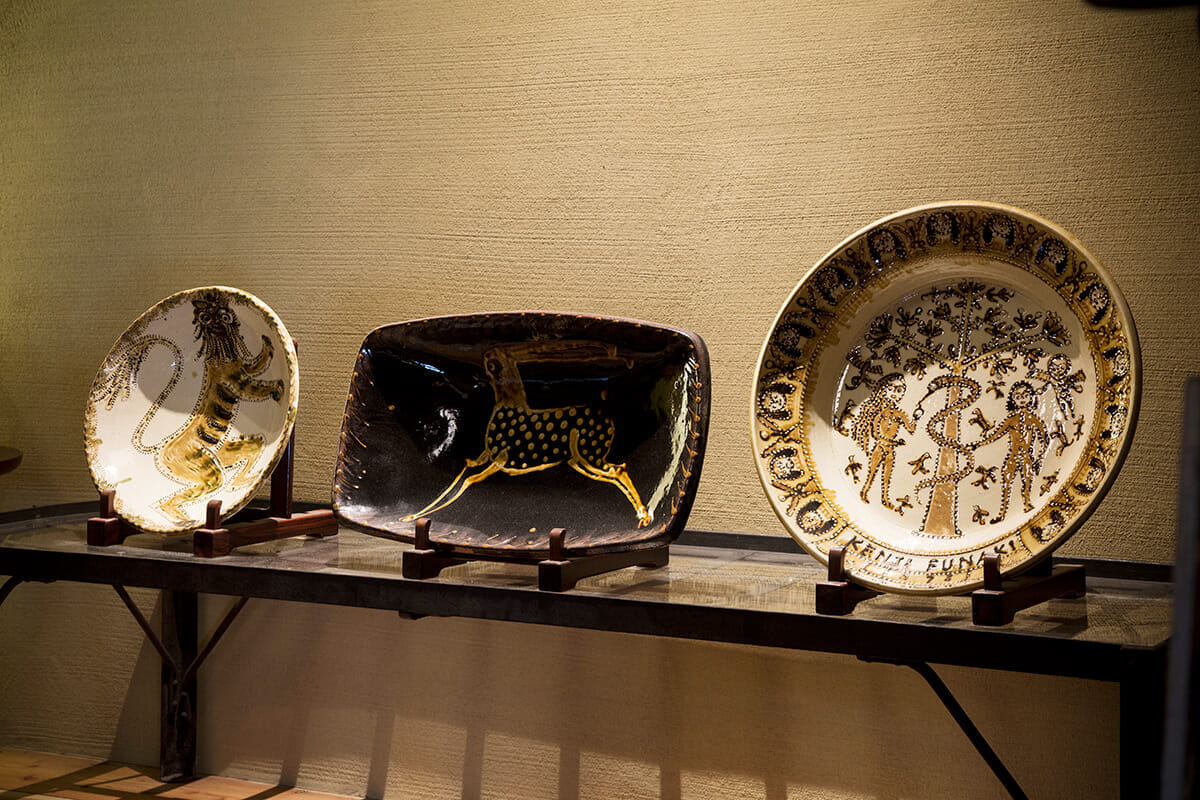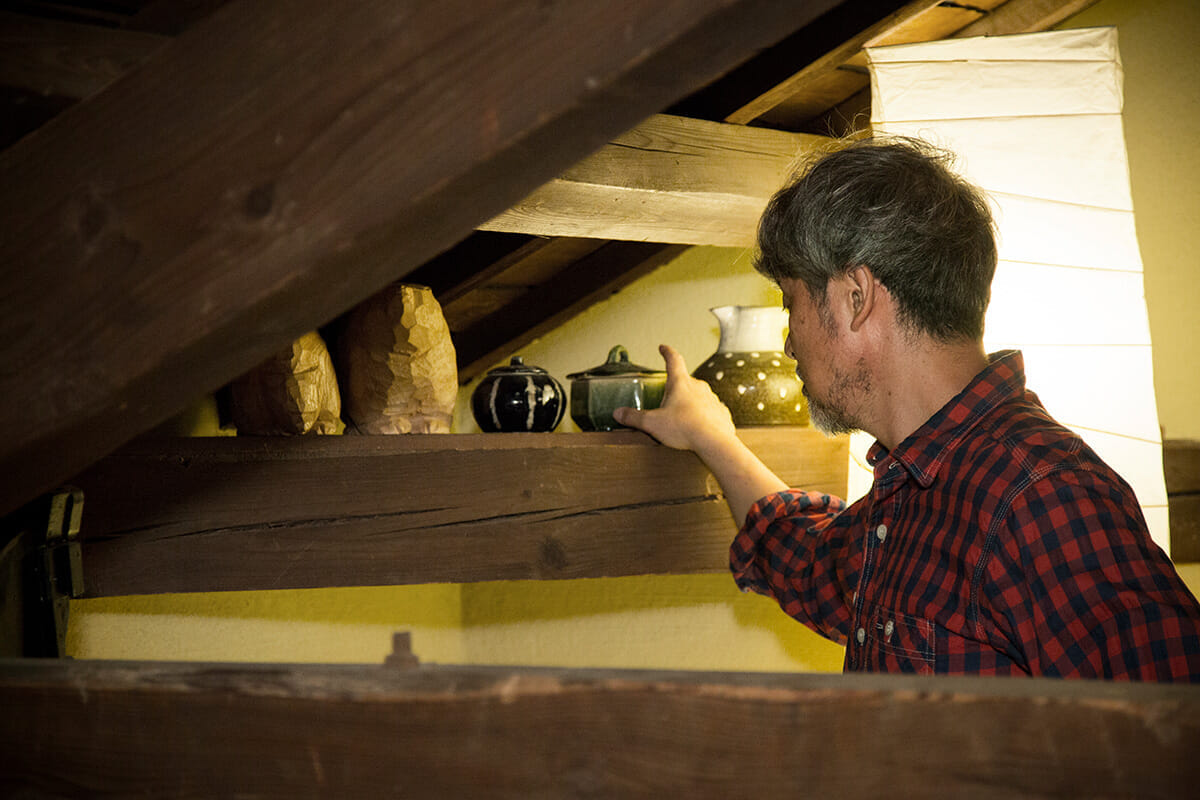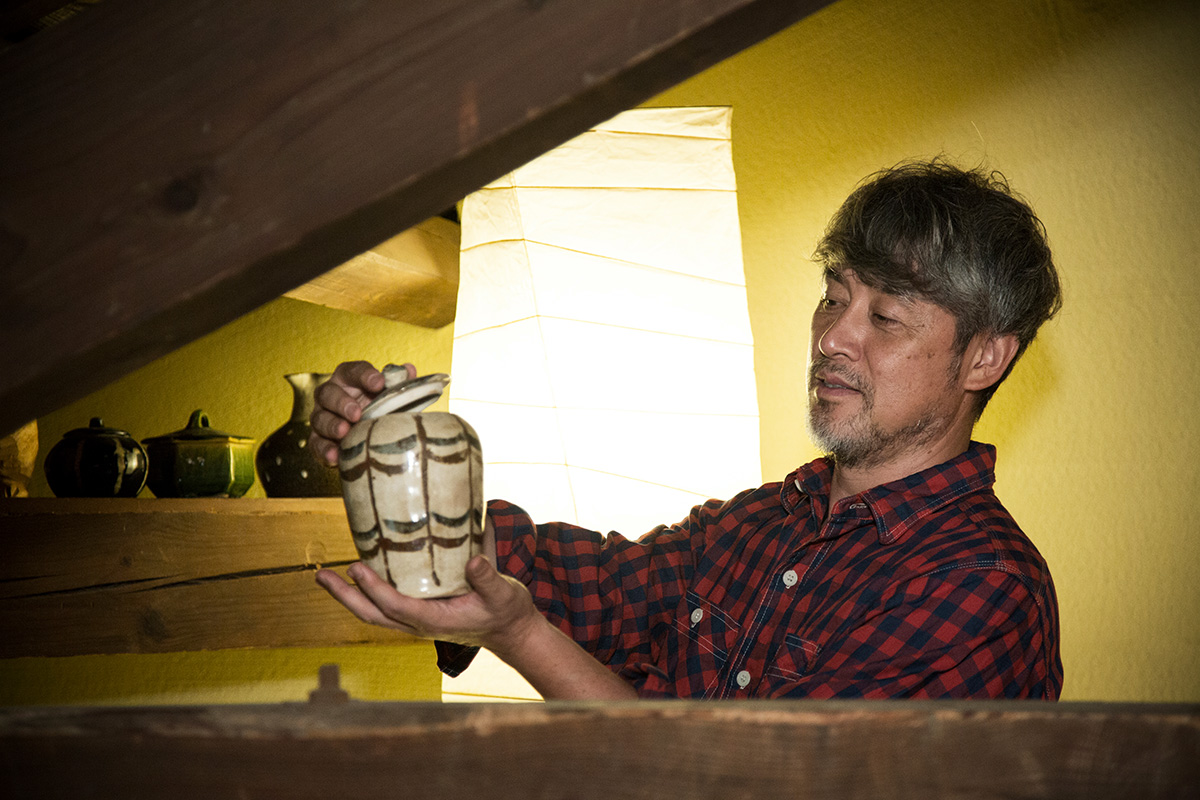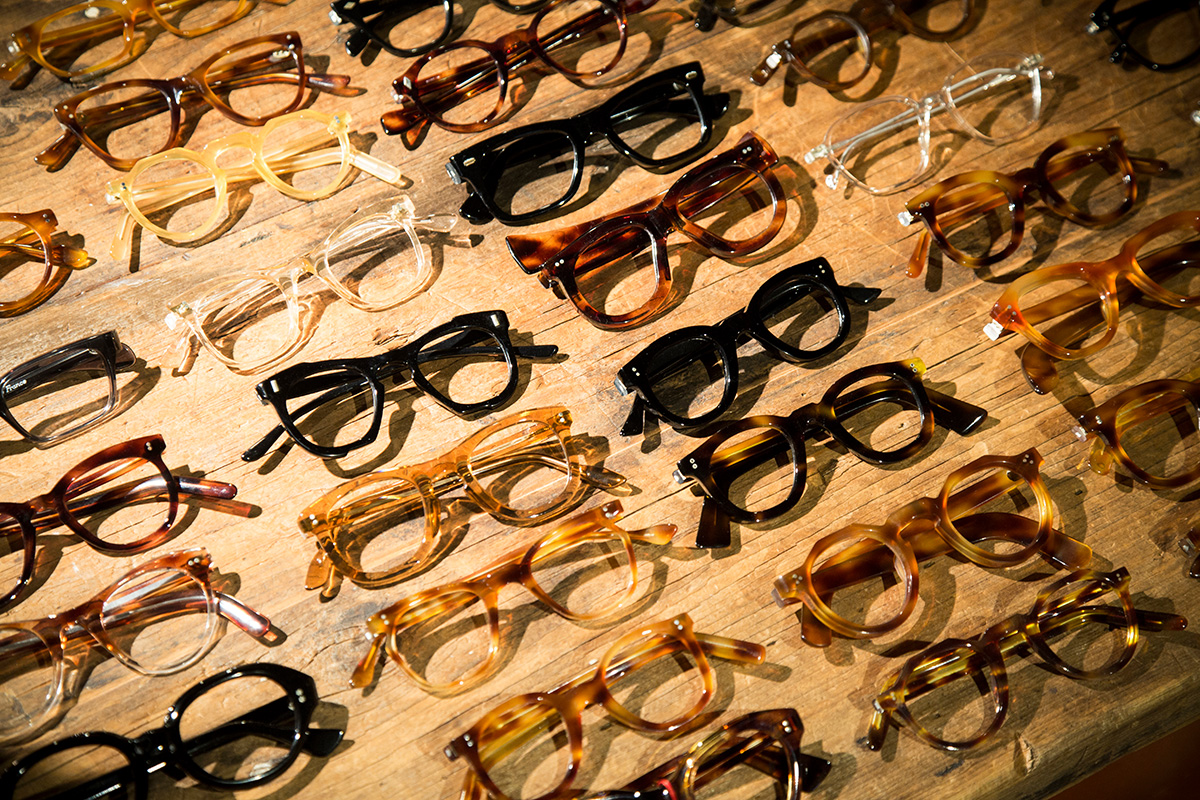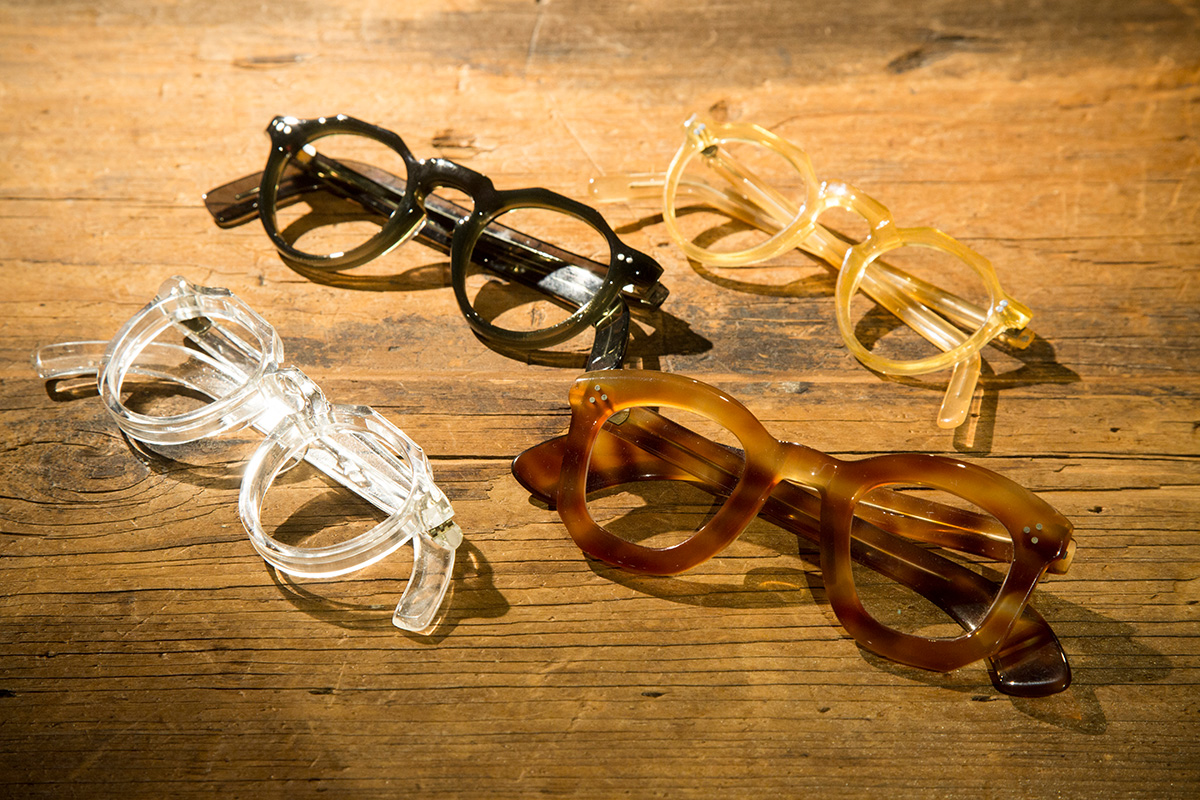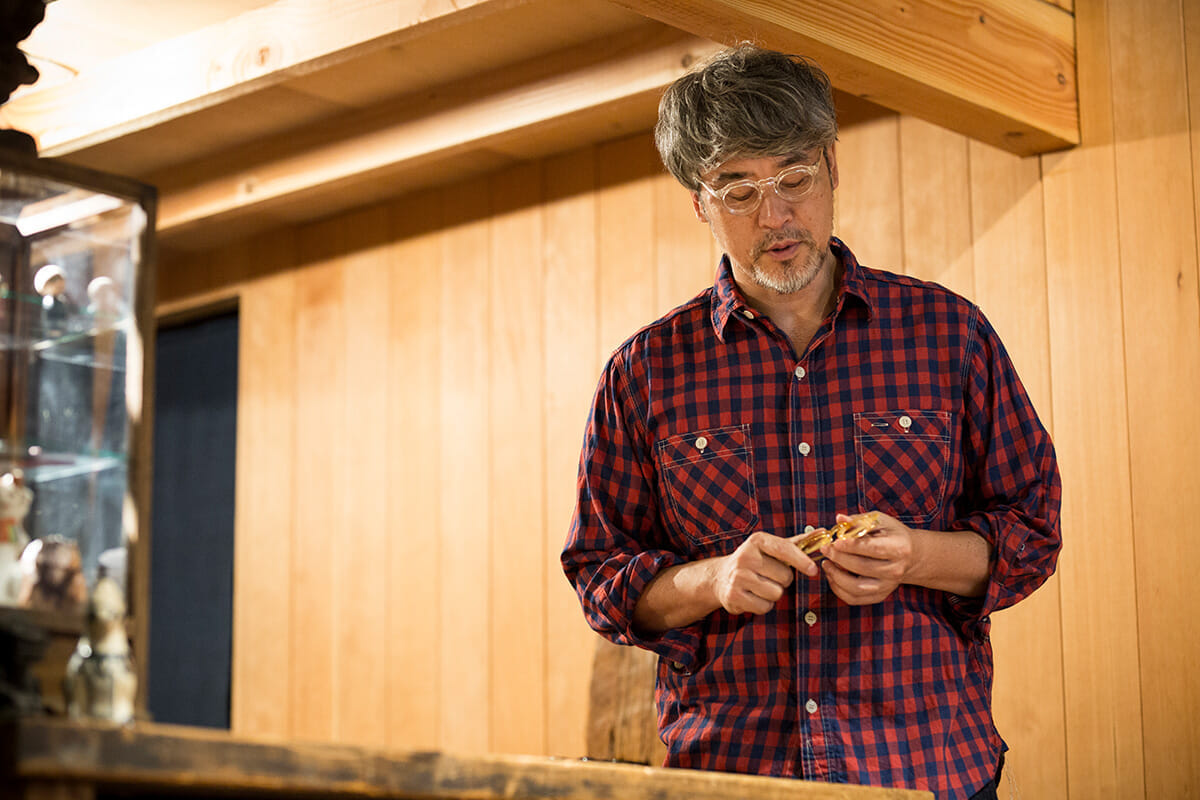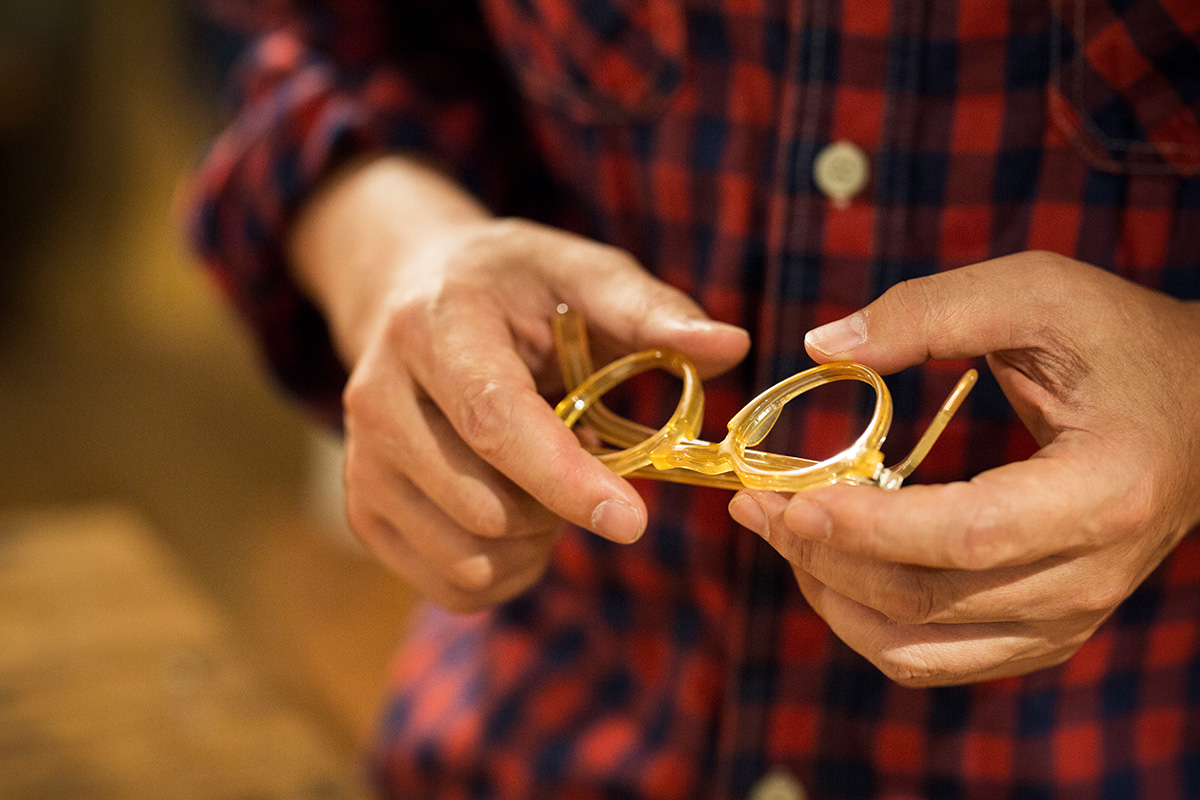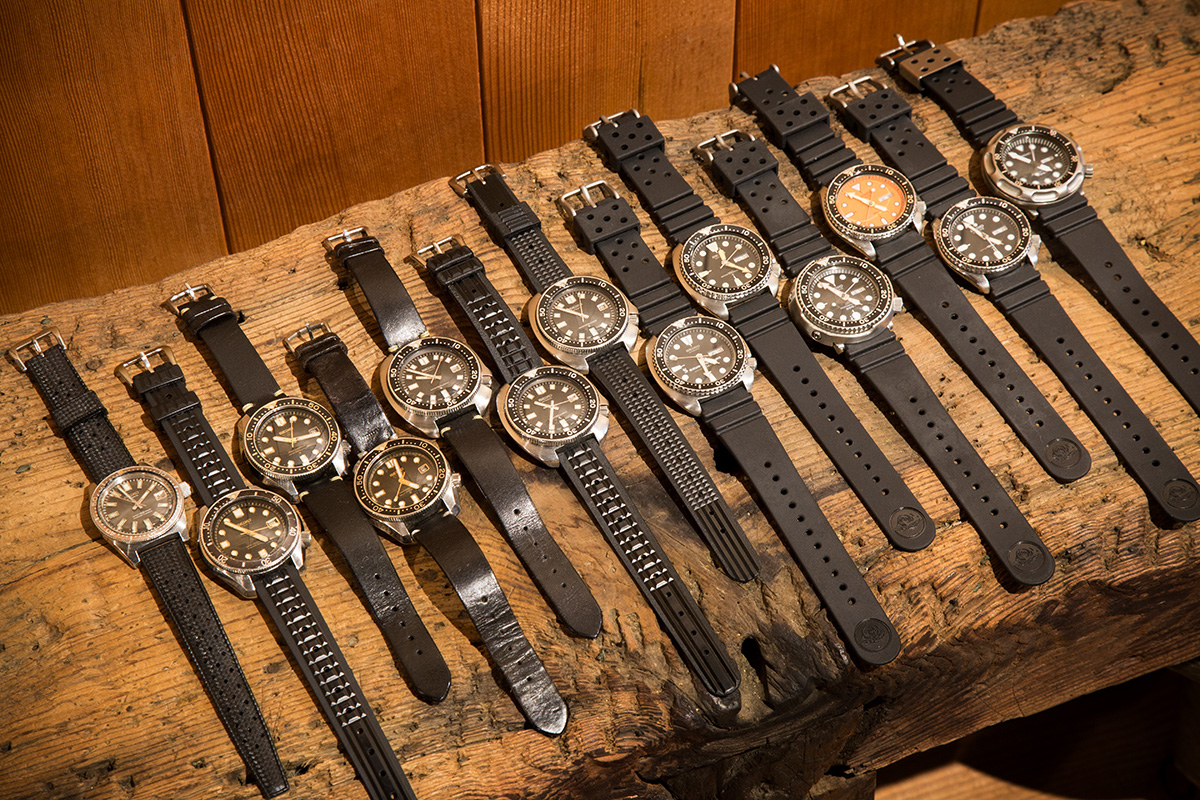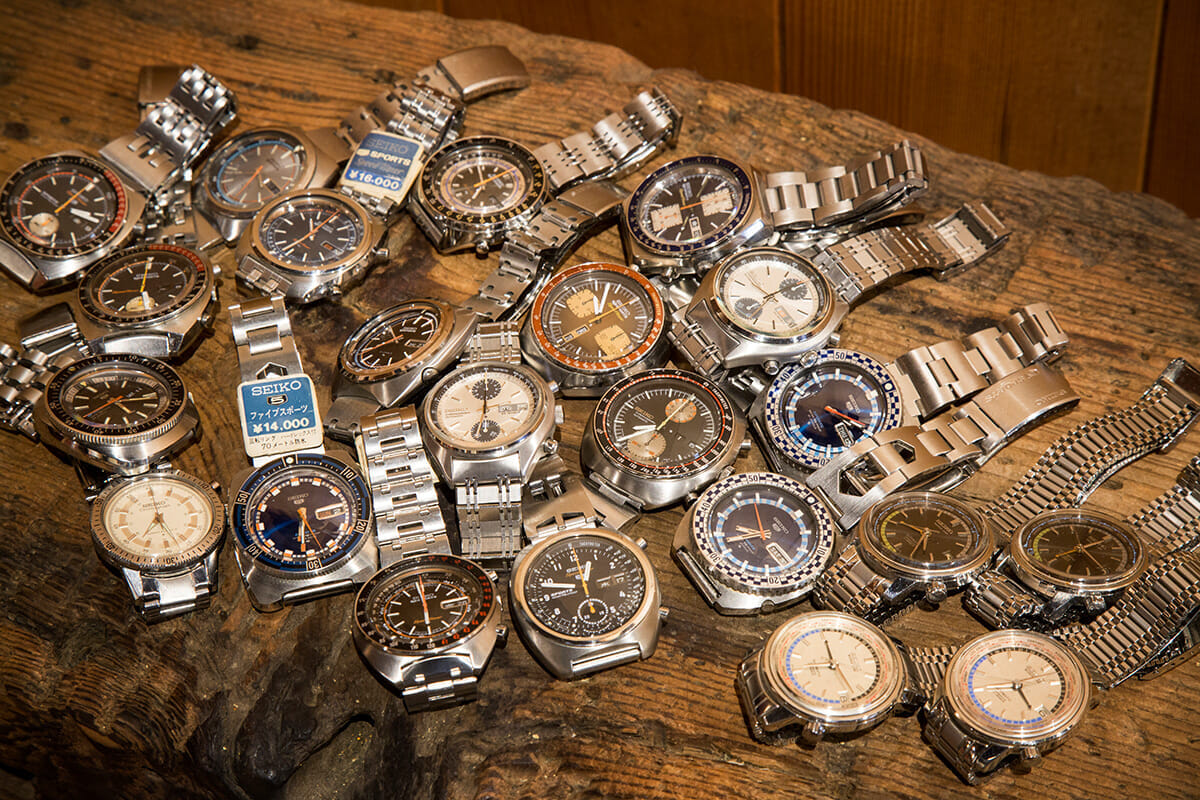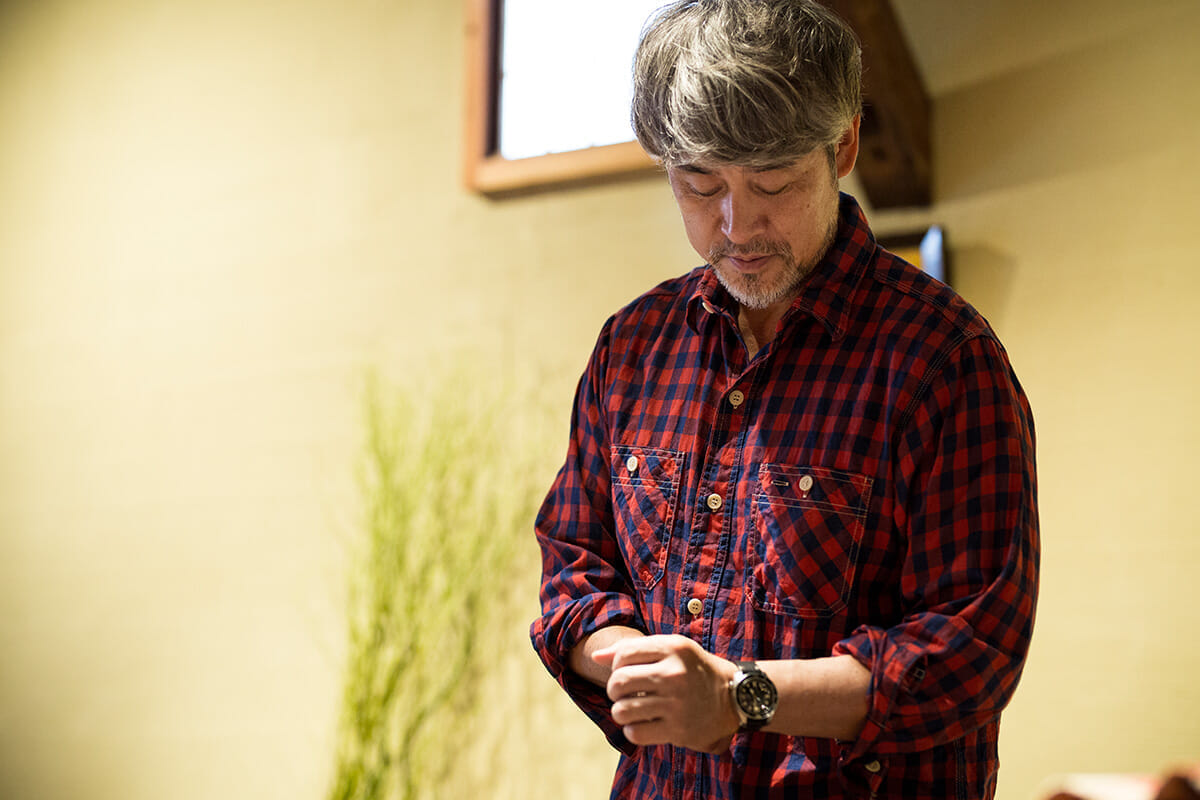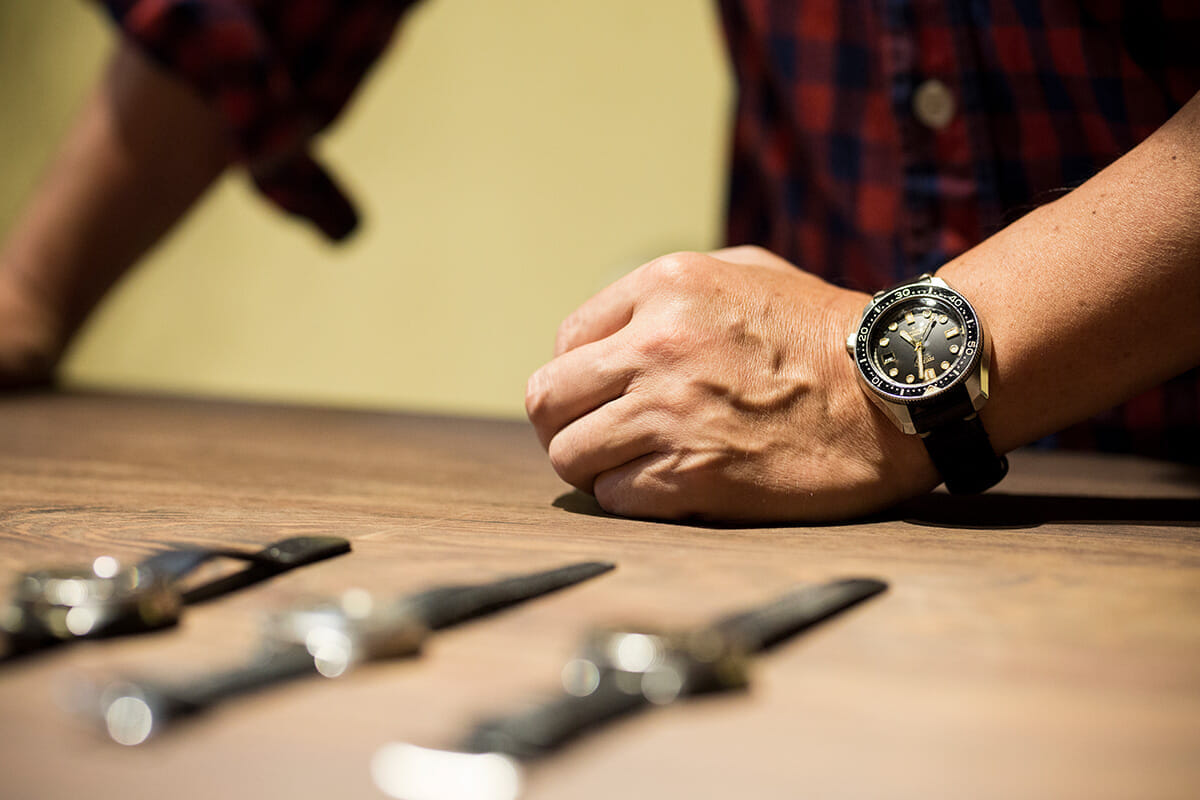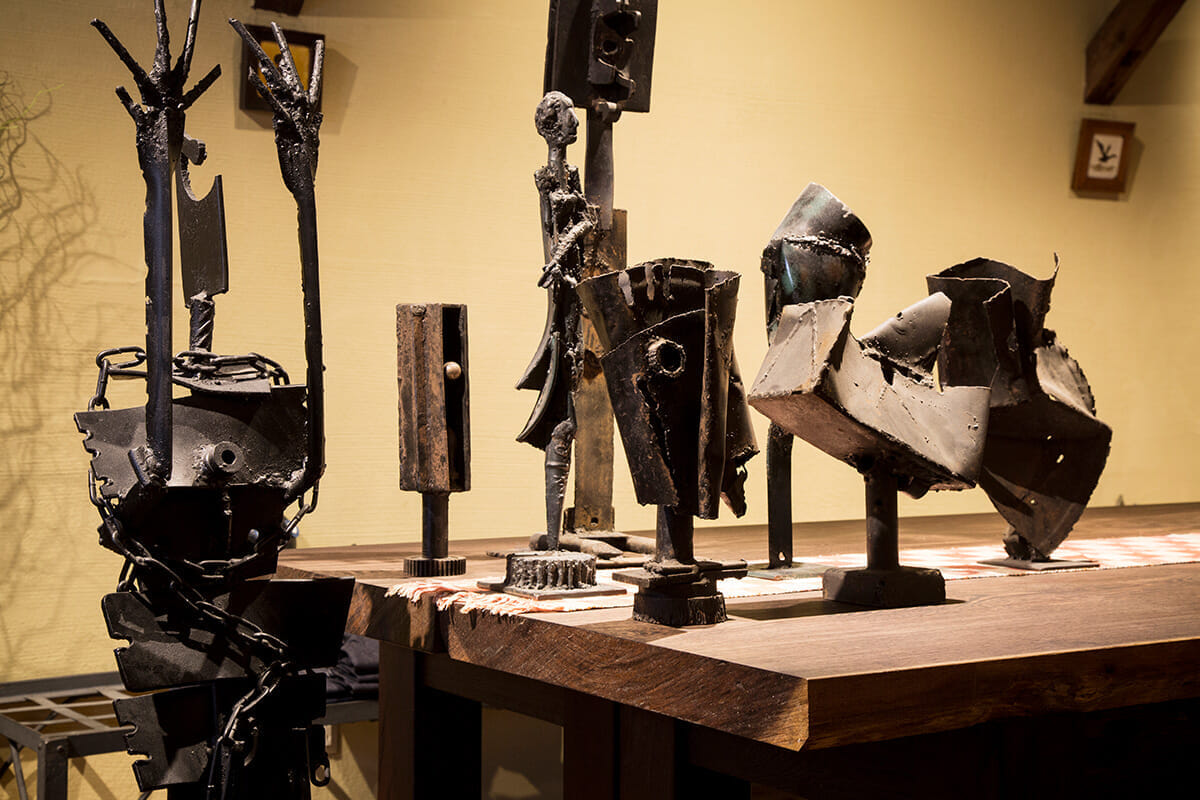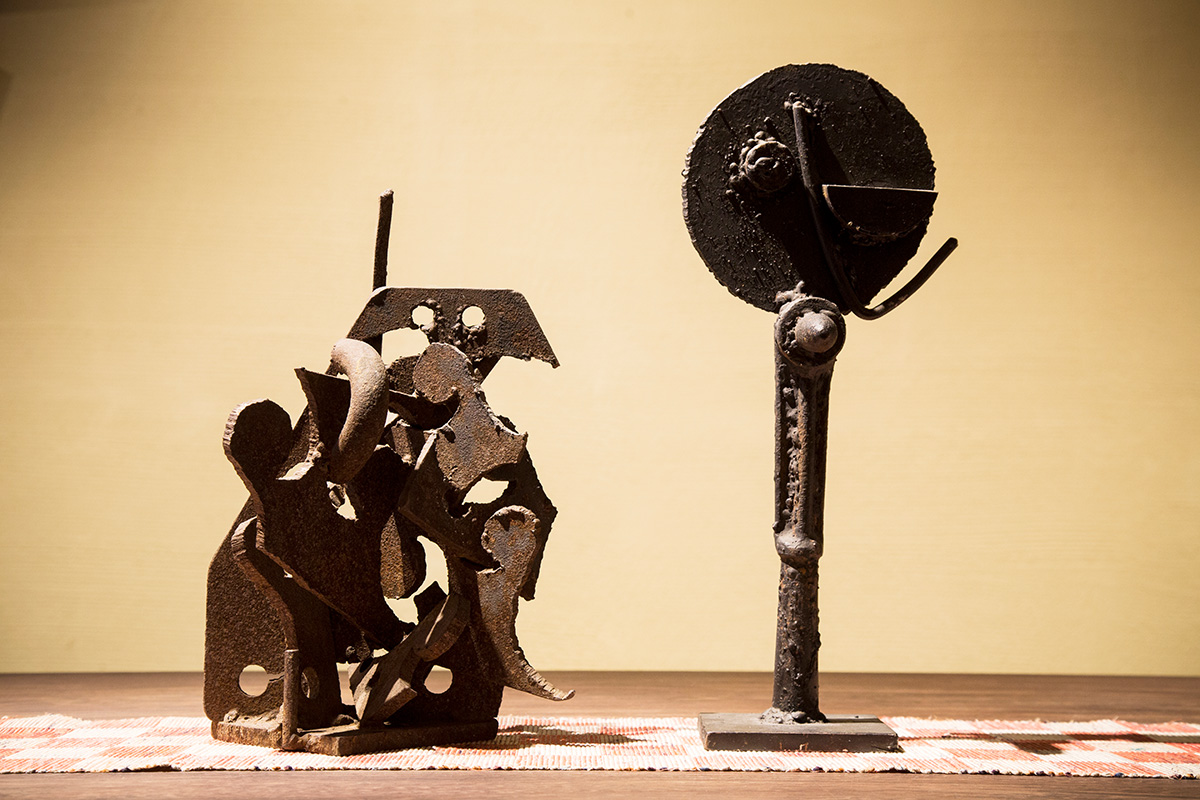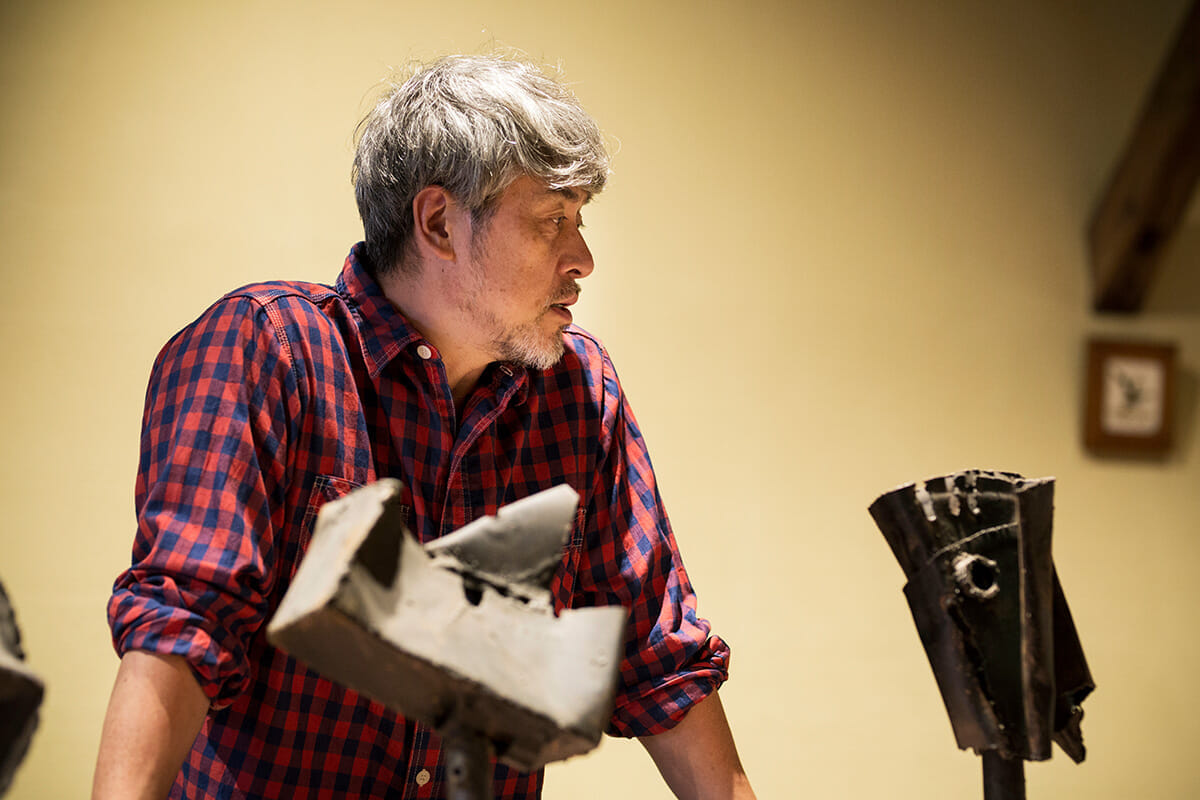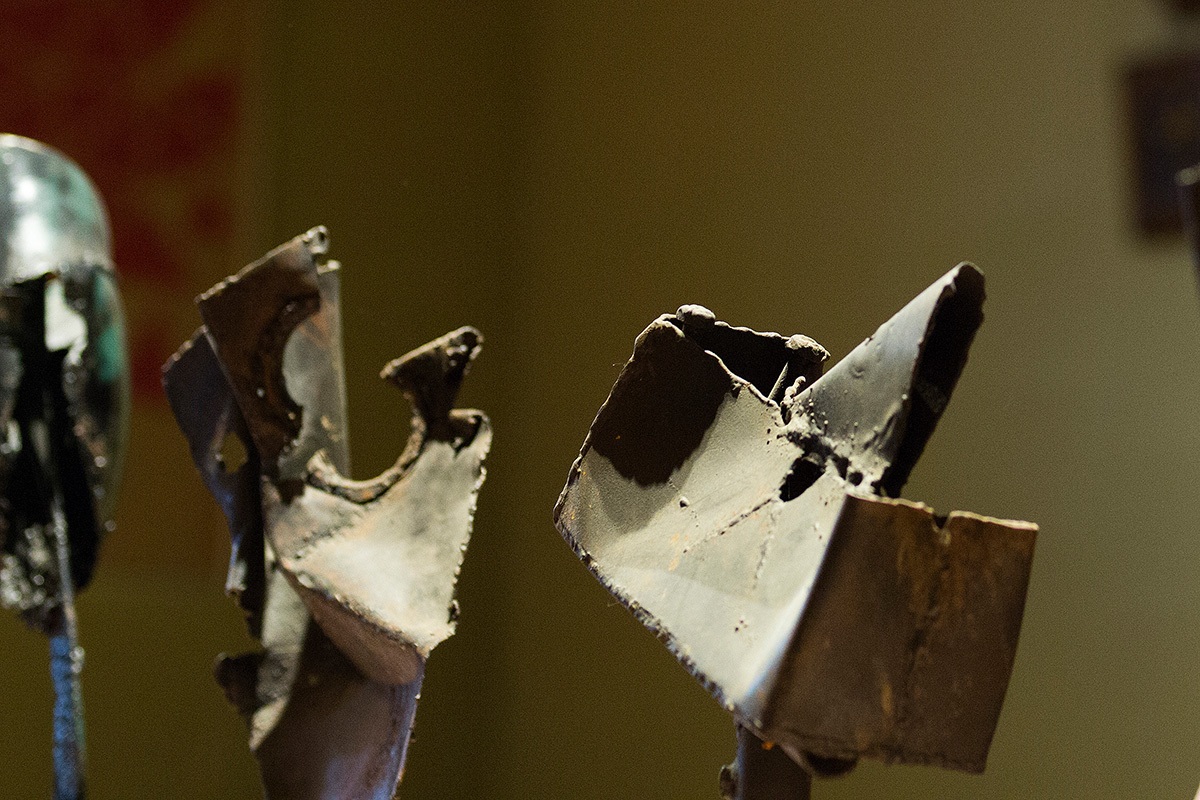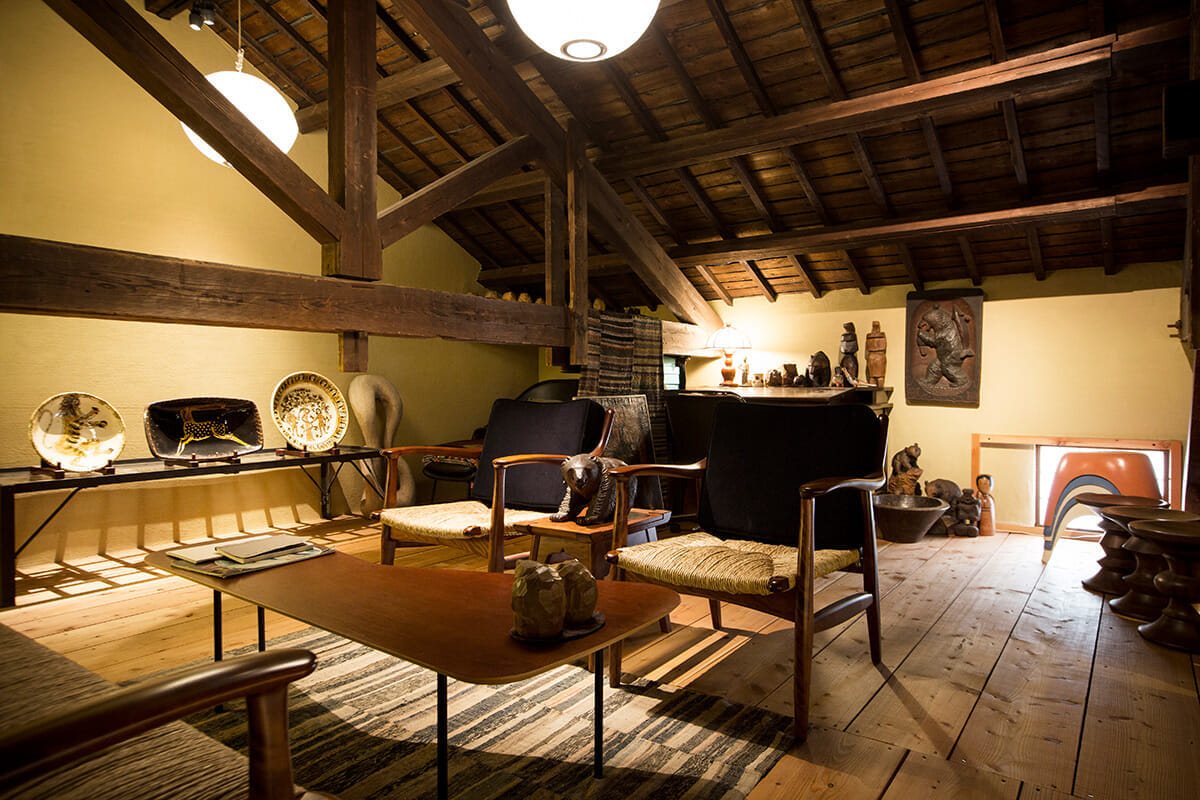So far, we have looked at Mr. Morishima's collection, but the items he collects are not necessarily widely recognized as collectible items. Rather, they are all items that Mr. Morishima found value in independently, ahead of their time. It is a collection that was established because he is not bound by the values of others. Mr. Morishima describes his collecting habits as follows. He says, "When I come into contact with a lot of good things, I get a lot of hints, and I can create good clothes myself. Even if not directly, all of my collections help me in my craftsmanship. . Everything I collect is something I acquired because I like it, so I don't sell it and buy something else. I have never sold anything I acquired," he says. As Morishima happily talks about his collection in a space surrounded only by his favorite things, the interview team realized that collecting is not about wallets, but about filling one's heart. Why don't you step into the world of deep collectors, too?
